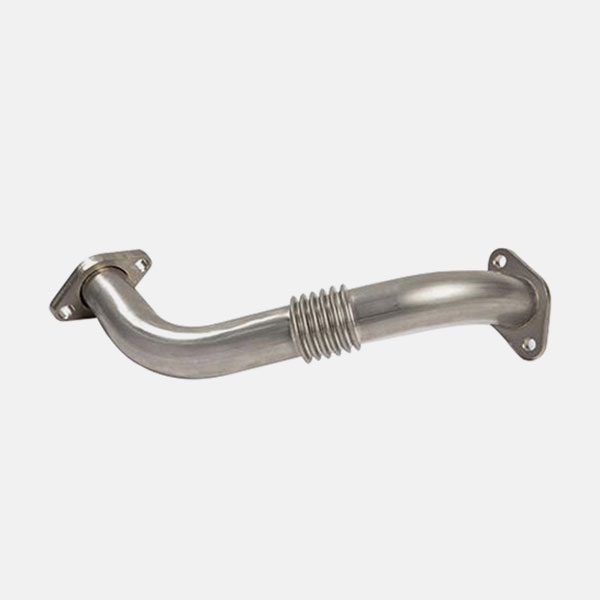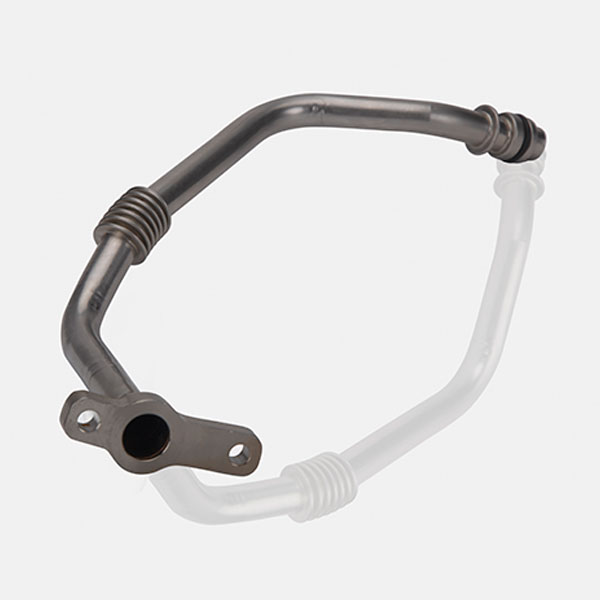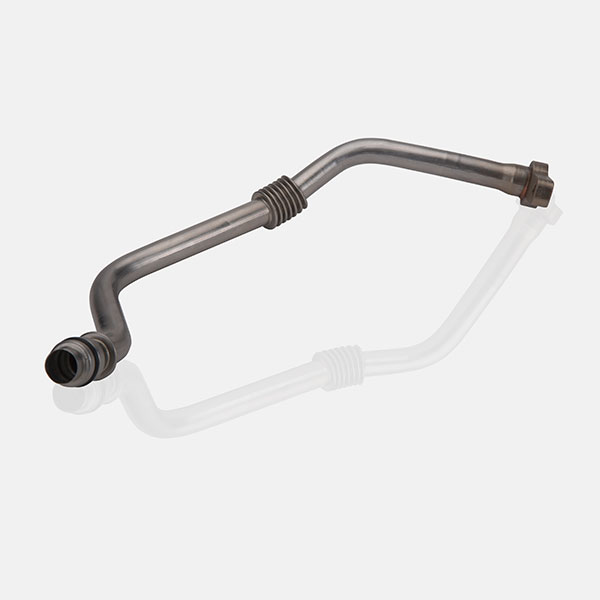







- Products & Solutions
- Aftertreatment System / Exhaust Assembly
Aftertreatment System / Exhaust Assembly
What Is an Aftertreatment System?
An Aftertreatment System is a crucial technology used in modern engines to reduce harmful emissions and meet stringent environmental regulations such as BS6, Euro VI, and Tier 4. Positioned downstream of the engine’s combustion process, this system treats the exhaust gases before they are released into the atmosphere, ensuring compliance with government-mandated emission limits.
Key Functions of an Aftertreatment System
- Reduce NOx emissions through Selective Catalytic Reduction (SCR)
- Remove particulate matter using Diesel Particulate Filters (DPF)
- Oxidize harmful gases like hydrocarbons and carbon monoxide with Diesel Oxidation Catalysts (DOC)
- Monitor and regulate emissions using advanced sensors and control units
Main Components of an Aftertreatment System
- Diesel Oxidation Catalyst (DOC): Converts CO and HC into CO₂ and H₂O.
- Diesel Particulate Filter (DPF): Captures and burns soot particles.
- Selective Catalytic Reduction (SCR): Reduces NOx by injecting DEF (Diesel Exhaust Fluid).
- Ammonia Slip Catalyst (ASC): Prevents ammonia from slipping into the tailpipe.
- Temperature & NOx Sensors: Continuously monitor gas flow and emission levels.
Did you know? Without a functioning aftertreatment system, your diesel engine could emit up to 90% more pollutants — and face regulatory fines or downtime.
Why Are Aftertreatment Systems Important?
- Ensure compliance with emission regulations (BS6, Euro VI, EPA Tier 4)
- Enhance engine efficiency and fuel economy
- Extend the operational life of the engine
- Avoid penalties and meet OEM requirements
- Contribute to cleaner air and sustainable practices
Applications of Aftertreatment Systems
- Heavy-duty trucks and buses
- Agricultural tractors and harvesters
- Construction and mining equipment
- Gensets and stationary engines
- Industrial diesel applications
Imperial Auto caters to the major sub assemblies such as EGR, SCR & Urea LIne under after treatment and exhaust assemblies.
EGR Line: EGR tube assembly carries unburnt gas vapors from the exhaust manifold chambers to the intake manifold and is reintroduced into the engine firing sequence. It is used in conjunction with catalytic converter for better performance. It also enhances the life of critical engine moving parts. The gases are cooled before they are fed back.
SCR Line: Selective catalytic reduction is used in larger diesel engines usually found in commercial vehicles. Our SCR lines are fully tested with short de- freezing time, low permeability and abrasion resistant shielding
Urea Line: Imperial Auto manufactures Urea lines with high quality and high temperature plastic given its critical role in SCR system.